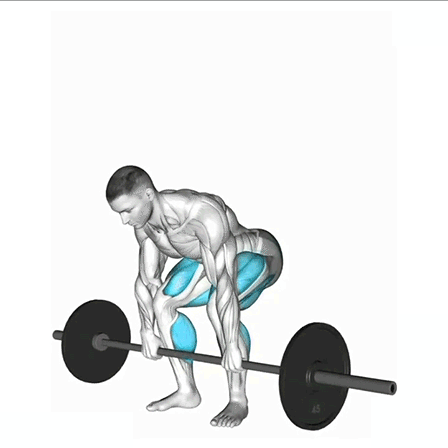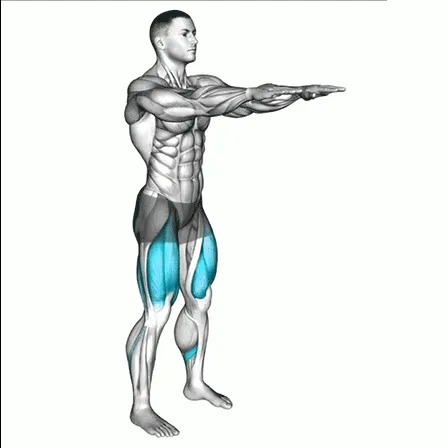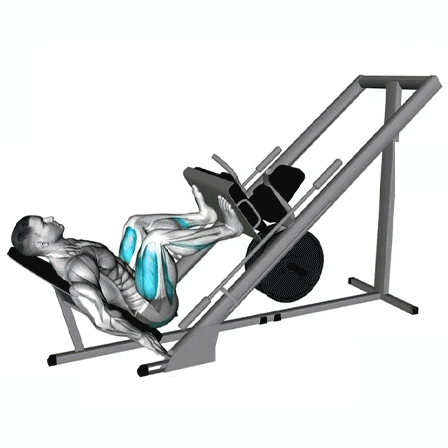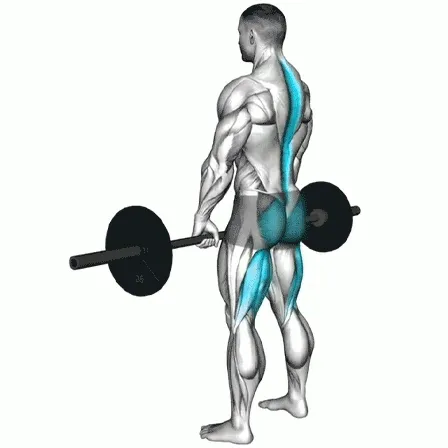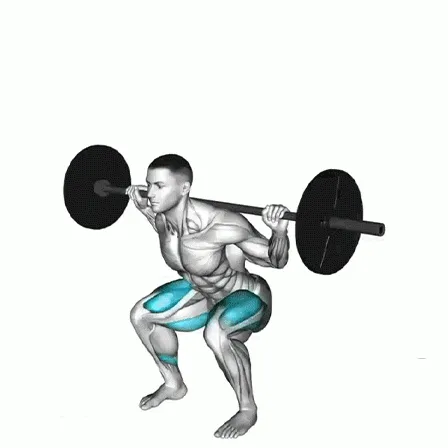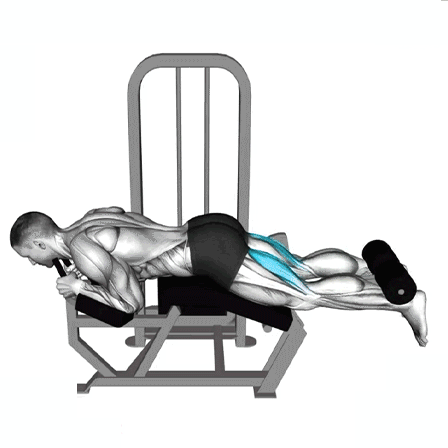Deadlift: Build Strength Safely
The deadlift is one of the most effective exercises for building total-body strength, particularly in the posterior chain (hamstrings, glutes, lower back). Performing the deadlift with proper form ensures safety while maximizing strength gains. This exercise also improves posture, grip strength, and overall functional movement.
Step-by-Step Instructions for Deadlift
1. Set-Up
-
Foot Position: Stand with your feet about hip-width apart. The barbell should be directly over your mid-foot, lightly brushing your shins.
-
Grip: Bend at your hips and knees to grab the bar. Hands slightly outside your knees. Options:
-
Overhand grip (palms facing you)
-
Mixed grip (one palm facing you, one palm facing away)
-
Hook grip (thumbs wrapped around the bar for extra security)
-
-
Back Position: Engage your lats, “pin” your shoulder blades back and down. Keep your spine neutral (not rounded).
-
Hip Position: Hips higher than knees but lower than shoulders. Avoid setting them too high or too low.
2. Initiating the Lift
-
Brace Your Core: Take a deep breath and tighten your midsection.
-
Lift-Off: Push through your heels, driving your legs into the floor. Hips and shoulders rise together; avoid pulling with your arms.
-
Bar Path: Keep the bar close to your body, brushing your shins and thighs as you lift.
3. Standing Position
-
Complete the Lift: Stand tall with chest up and shoulders back. Fully extend your hips and knees. Maintain upright posture without hyper-extending your lower back.
-
Lockout: Your body should form a straight line from head to heels.
4. Lowering the Bar
-
Hinge at the Hips: Push hips back first, then bend knees once the bar passes them. Keep your back neutral.
-
Controlled Descent: Lower the bar slowly, keeping it close to your body and avoiding rounding your back.
Tips for Proper Form
-
Engage Your Core: Brace as if you’re about to be punched; intra-abdominal pressure protects your spine.
-
Focus on the Hinge, Not the Squat: Deadlift is a hip hinge, not a knee-dominant squat. Start movement from hips.
-
Set Your Back Properly: Keep a neutral spine and engage lats to prevent lower-back rounding.
-
Keep the Bar Close: Reduces strain on the back and improves lift efficiency.
-
Control the Descent: Don’t drop the bar; lower it in a straight line for safety and strength development.
-
Breathing: Inhale and brace before each rep, exhale at the top. Avoid prolonged breath-holding.
-
Warm-Up Properly: Activate hips, hamstrings, and lower back. Use lighter sets before heavy lifts.
Benefits of Deadlift
-
Builds total-body strength, especially in posterior chain.
-
Improves posture and spinal stability.
-
Enhances grip and core strength.
-
Develops functional strength useful for daily activities.
-
Can be scaled with barbells, dumbbells, or kettlebells.
The deadlift is a cornerstone strength-training movement that safely develops your lower back, glutes, hamstrings, and core when performed with proper form. By focusing on technique, controlled movements, and core engagement, you’ll maximize strength gains while reducing the risk of injury. Include deadlifts in your routine to build a stronger, more powerful, and balanced body.
